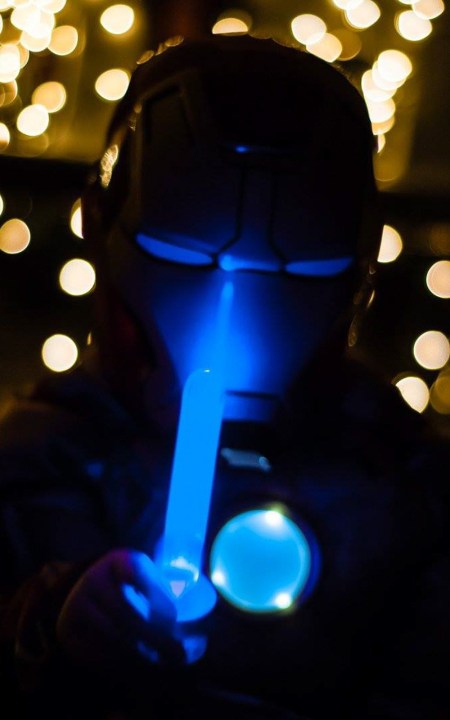Bokeh is a word you use to describe the effect of the blur or out-of-focus background that you get when shooting a subject. Simply put, bokeh is the pleasing or aesthetic quality of the out-of-focus blur in your photograph.
So, the bokeh “effect” is an extremely shallow depth of field. The difference between a shallow depth of field and bokeh is in the background of your image you will see circular shapes or hexagonal shapes. Now, what those shapes are, are beams of light traveling throw your lens and your aperture, hitting your light sensor. This is what creates those different shapes in the background.
It is usually achieved by using your widest aperture possible, such as f/2.8.

Settings for creating bokeh
You can do this by using a fast lens. The faster the better. To use an aperture wider than f/2.8, you typically need to have a prime lens. If you don’t have a prime lens, don’t stress, you can still get this same effect. Using a zoom lens with a higher aperture is great as well.
I recommend setting your camera to Aperture Priority. Then, turn your dial to its widest aperture and set your ISO to Auto. When doing this you will want to watch your shutter speed. If is it 1/100s or slower I would recommend using a tripod, which helps avoid camera shake.
When focusing, you need your focus point to be as close to your camera as possible. When you are shooting with any lens it has a limit on how close you can. If you are too close the camera won’t be able to focus. Decreasing the distance between you and your subject more will allow the background to fall out of focus. Creating more distance between your subject and the background will also increase the effect.
From there it just comes down to experimenting and trying different shots. Remember, you must have light and texture in your background for the effect to work.
Final reminders
When trying to create a bokeh look in your image remember these three things:
- Keep your aperture at f/2.8 or wider
- Pull your subject away from the background, creating more distance between the two
- Try and stay relatively close to your subject, allowing your background to remain more out of focus
Tell your story with the second annual Visual Storytelling Conference!
Experience four days of interactive, online training sessions featuring a range of educational content with experienced photographers and content creators. This free event kicks off with a series of technical boot camps to build essential skills, followed by live, online sessions on photography, video, business and social media. Join live from March 10-13, 2022!
